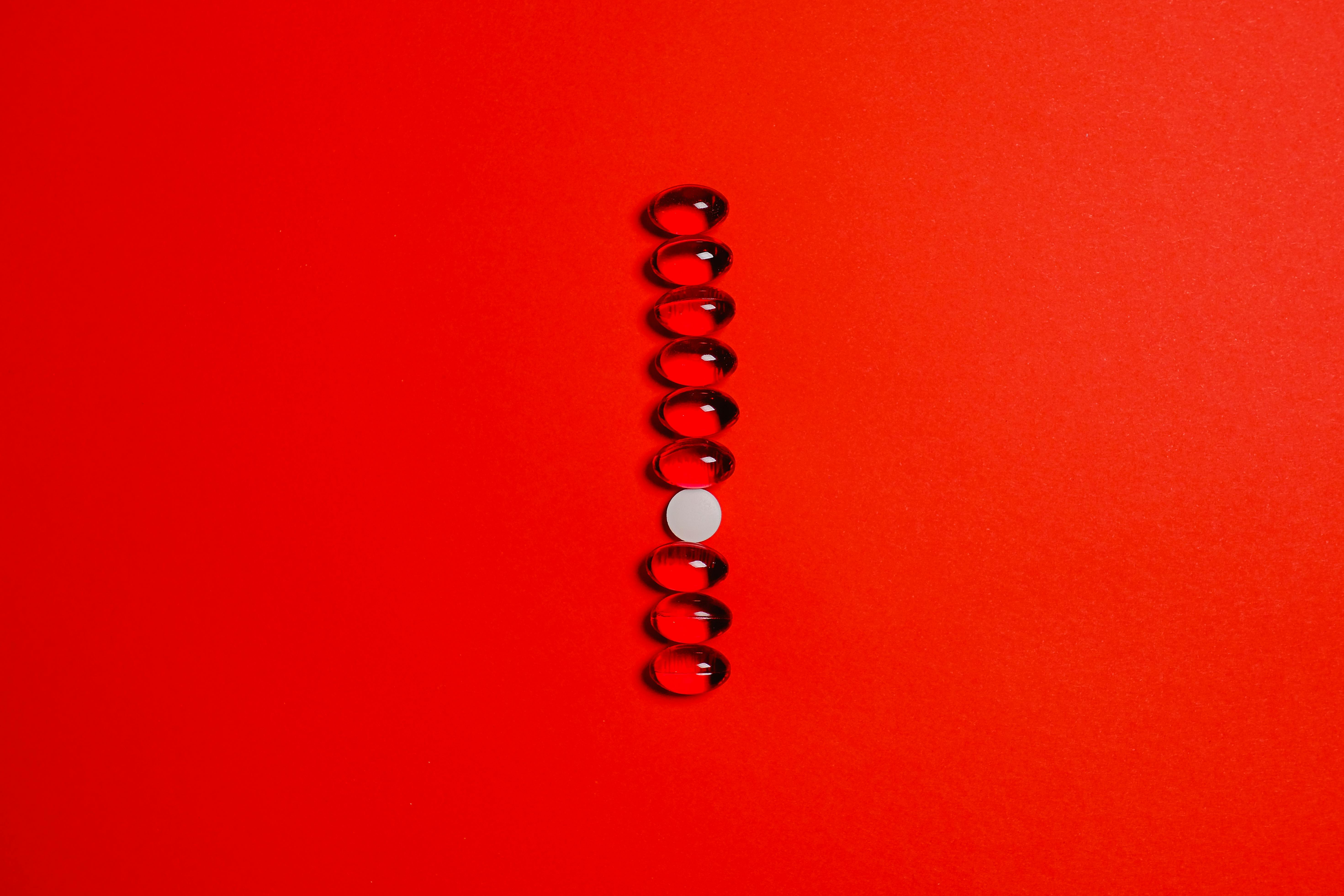Health
Your health should be the number one priority in your life. Health is the general state of a person in all aspects. It is also a level of functional and/or metabolic efficiency of an organism, many times implicitly human. The physical environment is perhaps the most important factor to consider when classifying the health status of an individual. This includes factors such as clean air and water, safe homes, communities, and roads that contribute to good health.
To run:
For heart health, there is no doubt about the benefits of jogging. However, to reduce fat and weight, it is not effective. Why is it difficult to lose weight while jogging?
Here is an explanation why a body remains fat despite jogging every day.
Constant jogging movement, including aerobic activity, can strengthen your heart and respiratory muscles. The impact on health is that breathing becomes healthier and heart pressure will drop so the risk of hypertension decreases.
However, for burning fat, jogging is less effective. The body will only transform fat into energy if the caloric needs obtained from sugar and carbohydrates are not enough.
One way to reduce fat is through exercise. Jogging is an exercise that requires a lot of energy, so many people do it with the expectation that energy stores in the form of fat will be burned more efficiently. In fact, some people fail to lose weight despite jogging every day.
“The body is like the best machine that constantly adapts to anything. The more you run, the more prepared the body will be for the next run.”
Jogging that is done frequently will only make energy metabolism more efficient. The adaptation that the body makes reduces the energy needed so that many calories are not burned.
In addition to not being effective for weight loss, jogging is also not good for your joints. When you jog, your joints will have to support 2.5 times the weight, making them vulnerable to injury.
The joints that are most prone to an attack of acute pain due to jogging are the ankles and knees. If you often experience repeated pressure, these gaskets wear faster.
Jogging is always considered an exercise that can increase your metabolism and is effective for weight loss.
5 signs of a healthy heart:
If your heart stops beating for a few minutes, followed by a stoppage of blood circulation, your valuable life will end. That is why the prevention of diseases of the heart and blood vessels are very important and very stressed. There are generally five vital signs of a healthy heart, which are:
1. Cholesterol
He states that LDL or bad cholesterol is a fire and HDL or good cholesterol is a firefighter. “A good firefighter is usually able to prevent long-term damage.”
The higher the level of HDL cholesterol, the lower the risk of atherosclerosis. For a healthy heart, the goal for bad cholesterol is no more than 130 mg/dl and HDL should be more than 40 mg/dl. HDL cholesterol levels tend to rise with exercise, weight loss, and eating a lot of fiber.
2. Blood pressure
If left unchecked in later years, high blood pressure can damage arteries throughout the body and cause blood vessel walls to become thicker, stiffer and clogged, blocking blood flow to vital organs. . Optimal blood pressure is less than 120/80 mmHg.
Variation of various foods with different combinations of the correct nutrients will be beneficial for blood pressure. Several studies have also shown that effective stress reduction also lowers blood pressure. Spanish researchers say that taking aspirin every day also lowered systolic pressure by 6.8 mmHg and diastolic pressure by 4.6 mmHg.
3. Heartbeat
Life is not in your hands, but in your heart. Knowing the number of heartbeats per minute (resting heart rate) is one way to predict age. In a study published in the New England Journal of Medicine, a man who has a resting heart rate greater than 75 beats per minute (bpm) has a three times greater risk of having a heart attack. The normal pulse is 65 bpm.
“When you do a low-intensity cardio workout and add a high intensity every two weeks, your heart rate per minute drops.” Exercise for at least 30 minutes with 60-80 percent of the maximum amount of heart rate.
4. Fasting blood sugar
Fasting blood sugar levels are a sign of whether there is any risk of diabetes. The higher your blood sugar levels, the greater your risk of developing diabetes. “People with diabetes are at increased risk of heart, kidney and eye disease.”
To lower fasting blood sugar levels, we need to increase the body’s ability to use blood sugar, or in other words, increase insulin sensitivity. The best way to achieve this is to reduce weight.
5. C-reactive protein
C-reactive or CRP proteins are plasma proteins produced by the liver in response to infection, injury, and inflammatory processes. High CRP levels indicate inflammation in the body. Because heart disease is due to inflammation of the arterial wall, CRP can be used as a common marker of heart disease risk.
Elevated CRP levels are often accompanied by increased cholesterol. A high CRP level, more than 1 milligram per liter, is also associated with an increased risk of prostate cancer. CRP measurement is performed by drawing blood from the elbow or the back of the palms of the hands.
To improve sleep:
1. Spray freshly laundered sheets and pillowcases with lavender water. The scent has been shown in studies to promote relaxation, which can lead to better sleep.
2. Buy a new pillow. Katz says that studies show that pillows with an indentation in the center can improve sleep quality and reduce neck pain. Also, he tries a “cool” pillow, one that contains all-natural fibers or a combination of sodium sulfate and ceramic fibers that help keep your head cool.
3. Eat a handful of nuts before going to bed. You’ll give yourself a boost of fiber and essential fatty acids along with the amino acid tryptophan, a natural sleep aid.
To improve stress management:
1. Give your partner a hug every day before work. Studies show that this simple act can help you stay calm when chaos strikes during the day, Katz says.
2. Have a good cry. It can boost your immune system, reduce stress hormone levels, eliminate depression, and help you think more clearly.
3. Twice a day, breathe deeply for three to five minutes.
To improve nutrition:
1. Buy whole foods, whether canned, frozen, or farm-fresh, and use them in place of processed foods whenever possible.
2. Skip foods and drinks made with corn syrup, a high-calorie, nutritionally empty sweetener that many believe is worse for the body than sugar, says Katz.
3. Start each dinner with a mixed green salad. It will not only help reduce your appetite for more caloric foods, but also automatically add vegetables to your meal.
To improve physical condition:
1. Do a squat every time you lift something. Instead of squatting in the usual way, which stresses your lower back, bend your knees and squat down. This forces you to use your leg muscles and will build strength.
2. Every time you stop at a stoplight (or the bus does), squeeze your thigh and buttock muscles and release as many times as you can. (Don’t worry, no one will see it!) This will firm up your leg and buttock muscles, improve blood flow, and keep you entertained for a bit.
3. Whenever you are standing in a line, lift one foot half an inch off the ground. Additional stress on the opposite foot, ankle, calf, and thigh, as well as the buttocks, will help firm and tone the muscles. Change feet every few minutes.









